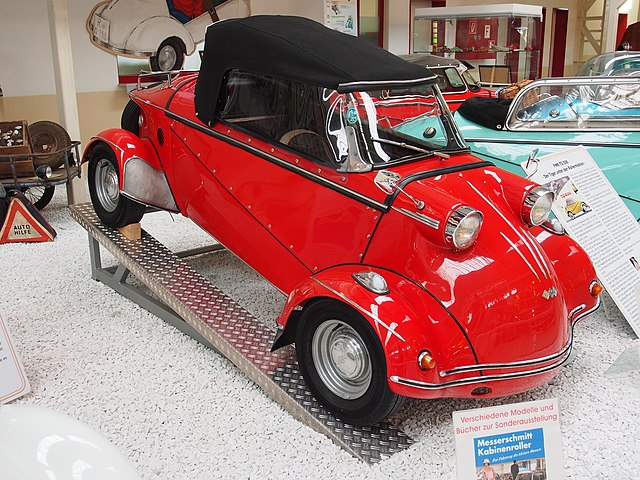samn
Member
I posted this on the options thread but also posting here for a wider audience. TL;DR I'm looking for a tax accountant well-versed in options and wash sale rules. Please DM me with any references.
Can anyone recommend a tax accountant/advisor? I specifically need help filing last year's taxes which includes options losses and wash sales. I'm in California but am mostly concerned about Federal tax filing so accountant in CA is not necessarily a requirement.
I'm a long term TSLA investor and naively got into selling puts. I got hit hard last year when these long dated deep in the money puts started getting exercised against me. I ended up with a string of margin calls and had to sell TSLA multiple times to cover margin. This all lead to large gains on paper from the stock I had to sell, and my large losses that I had hoped to use to offset the gains are being considered wash sales and disallowed. I'm having trouble finding any tax accountants that will take on new clients and I'm concerned that this may be a tricky area of tax law to navigate.
Can anyone help with references? If so please PM me, I would appreciate it!
—
Mod: no responses in this thread. Use PM as requested.
Can anyone recommend a tax accountant/advisor? I specifically need help filing last year's taxes which includes options losses and wash sales. I'm in California but am mostly concerned about Federal tax filing so accountant in CA is not necessarily a requirement.
I'm a long term TSLA investor and naively got into selling puts. I got hit hard last year when these long dated deep in the money puts started getting exercised against me. I ended up with a string of margin calls and had to sell TSLA multiple times to cover margin. This all lead to large gains on paper from the stock I had to sell, and my large losses that I had hoped to use to offset the gains are being considered wash sales and disallowed. I'm having trouble finding any tax accountants that will take on new clients and I'm concerned that this may be a tricky area of tax law to navigate.
Can anyone help with references? If so please PM me, I would appreciate it!
—
Mod: no responses in this thread. Use PM as requested.
Last edited by a moderator:






